Vietnam has a dense river network with more than 2,360 rivers longer than 10 km, of which 93% are short and small rivers flowing between provinces. So which is the longest river in Vietnam?
If discussing the longest river in Vietnam, it is necessary to divide it into two criteria: One is the river flowing through Vietnam's territory (originating from another country) and having the longest length when flowing through our country's territory; Two is the inland river, originating right in our country and having the longest length in Vietnam.
In fact, there are rivers originating from different countries flowing through Vietnam's territory, there are rivers originating from Vietnam flowing through other countries, and there are also rivers originating from our country and only flowing within the territory and then out to the sea.
The longest inland river in Vietnam
Originating from Langbiang plateau (Lam Dong province), Dong Nai river has a total length of 586 km. With a huge water flow, the river is an abundant source of hydropower for Dong Nai hydroelectric plant. Its main flow direction is Northeast - Southwest and North - South.
Dong Nai River flows through Lam Dong, Dak Nong, Binh Phuoc, Dong Nai, Binh Duong provinces, Ho Chi Minh City with a length of over 437 km and a basin of 38,600 km2.
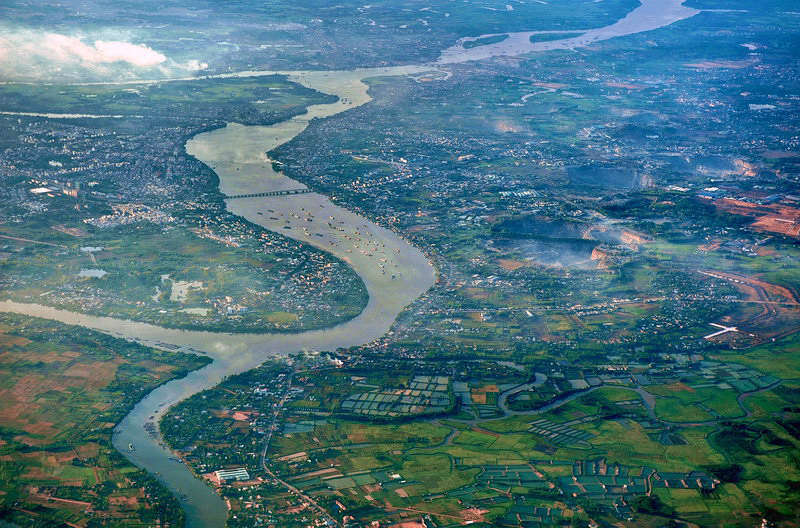
Dong Nai River Basin. (Photo: TL)
If calculated from the source of Da Dang River, the river is 586 km long, and from the confluence with Da Nhim River below Pongour waterfall, it is 487 km long. Dong Nai River flows into the East Sea in Can Gio district.
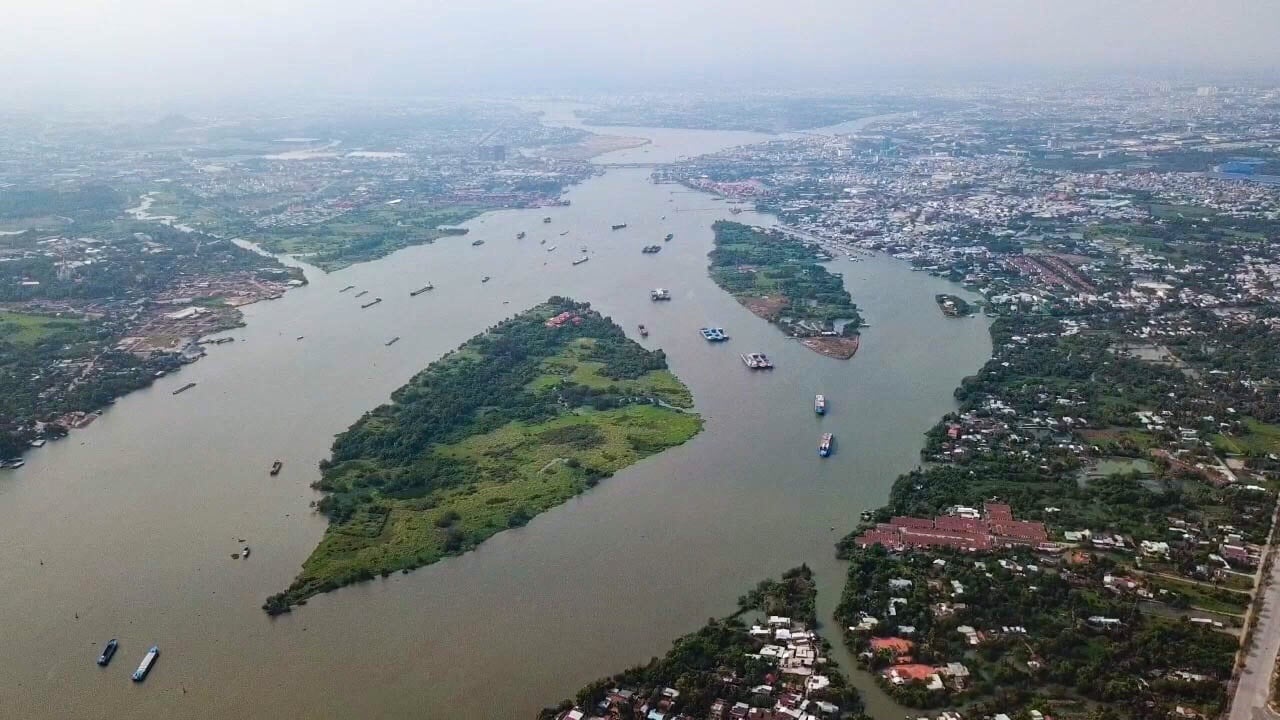
With its large water flow, the river is an abundant source of hydropower for the Dong Nai hydroelectric plant. (Photo: Ngo Tuan)
Its main tributaries include the Da Nhim River, the Be River, the La Nga River, the Saigon River, the Da Hoai River and the Vam Co River. Its tributaries are called the Long Tau River (Nga Bay River), the Dong Tranh River, the Thi Vai River, the Soai Rap River (Soi River)...
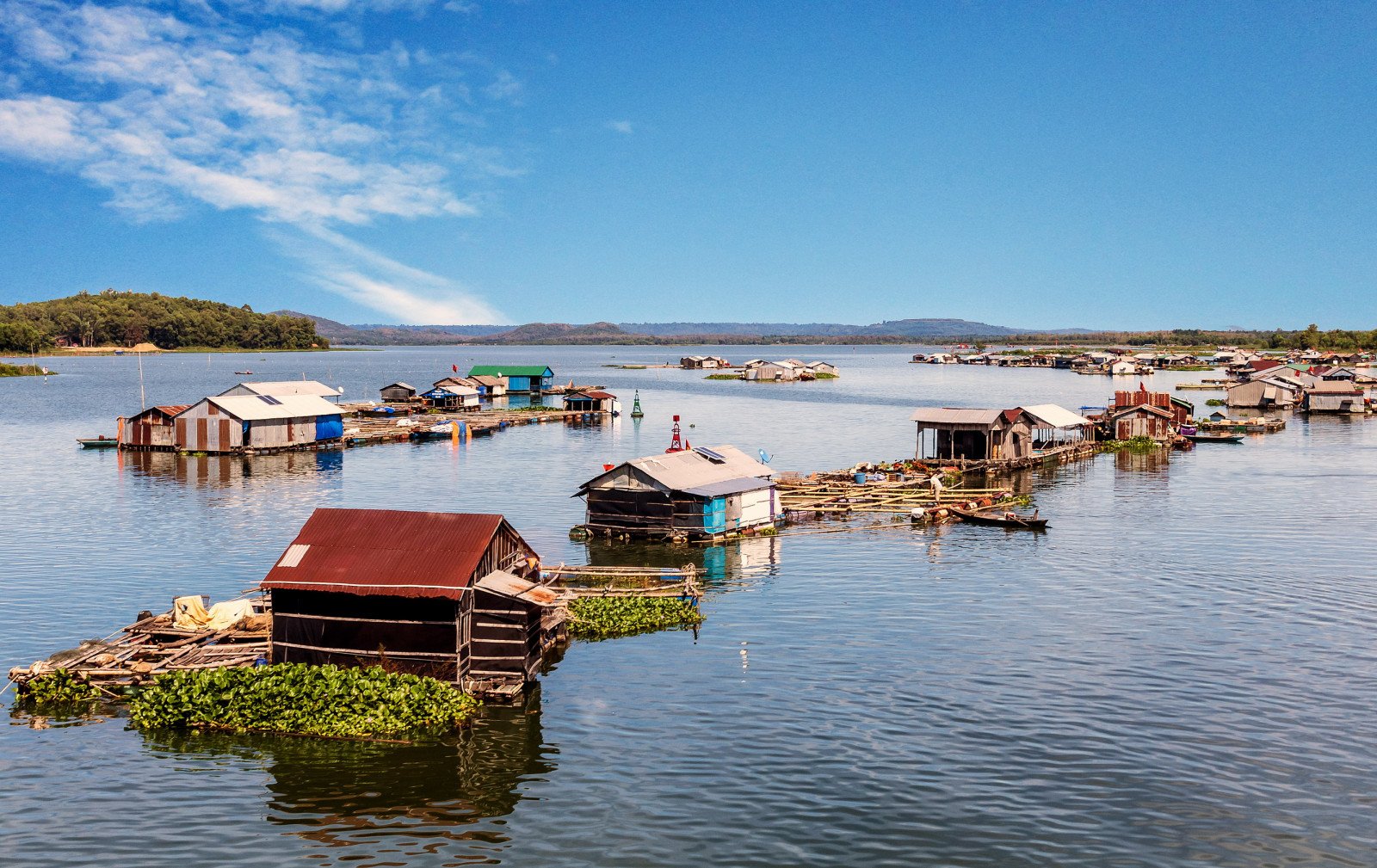
The fish farming village on La Nga River is a typical feature of Dinh Quan district (Dong Nai province). (Photo: baodantoc.vn)
In particular, with the abundant water flow, the confluence of the Da Nhim River, Dong Nai River and Be River has been exploited by humans to build a large dam, blocking the flow to create the largest artificial lake in the South - Tri An Lake. The lake mainly supplies water for the Tri An Hydroelectric Plant.
The longest river flows through Vietnam
The Mekong is the 12th longest river in the world (7th in Asia), originating from the high mountains of Qinghai province (China), crossing Tibet, following the length of Yunnan province and then flowing through Myanmar, Thailand, Laos, and Cambodia before entering Vietnam.
The Mekong River is considered a priceless asset that nature has bestowed upon the countries in the basin.
For Vietnam, the Mekong River plays a special role, nurturing two economic regions: the Mekong Delta and the Central Highlands. The Mekong River basin in Vietnam covers an area of about 71,000 km2, accounting for more than 8% of the total basin area and 20% of Vietnam's area.
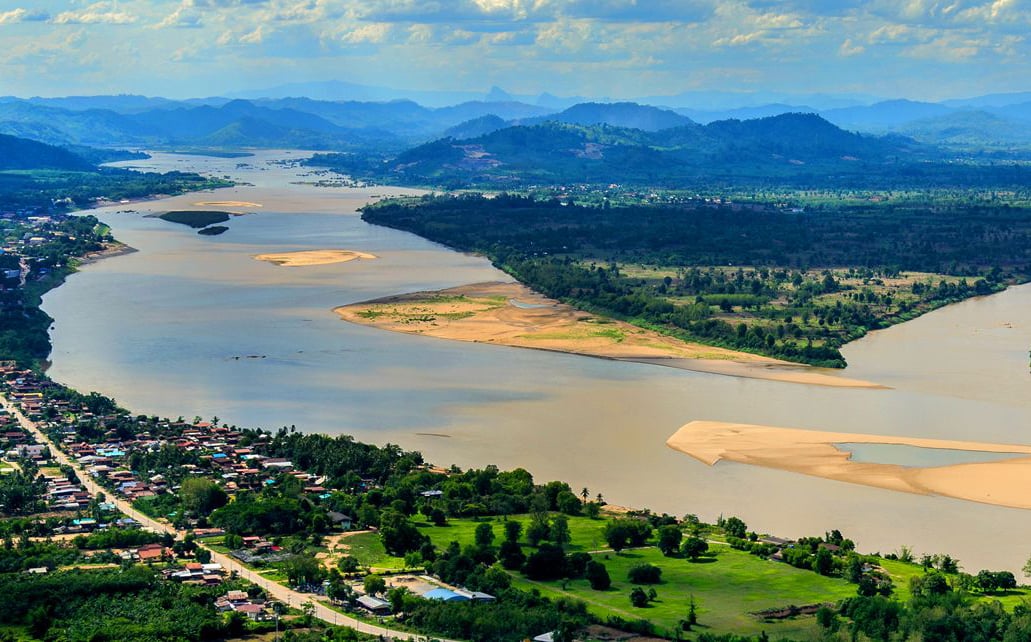
The Mekong River is a priceless gift from nature. (Photo: ITN)
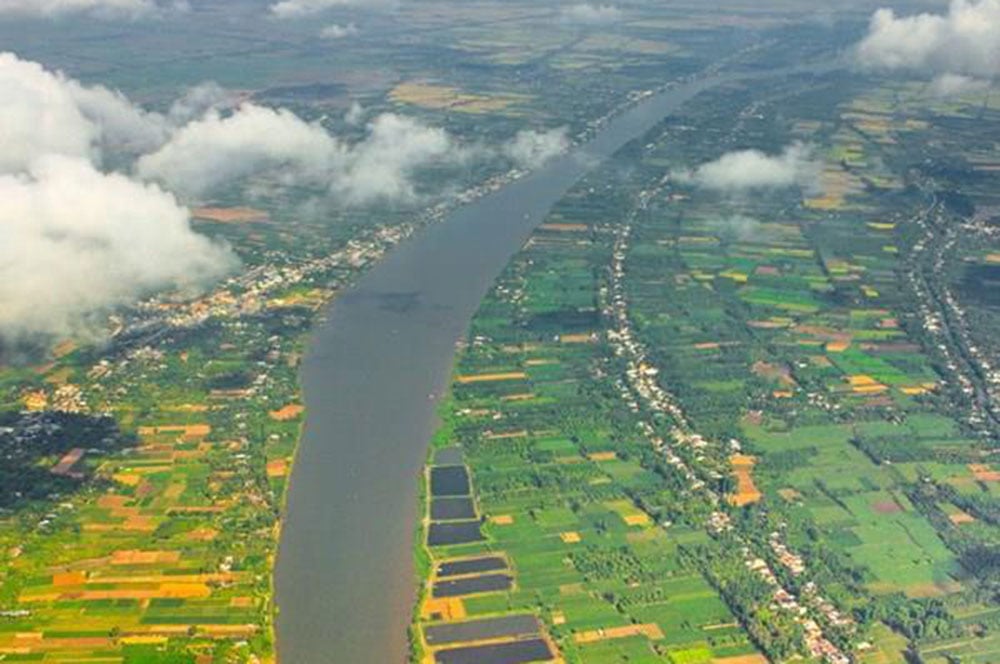
The Mekong River is considered an area with high biodiversity. (Photo: Duy Khuong)
The Mekong River flows support many diverse, multifunctional wetlands in the basin, maintaining unique economic, cultural, social and ecological values.
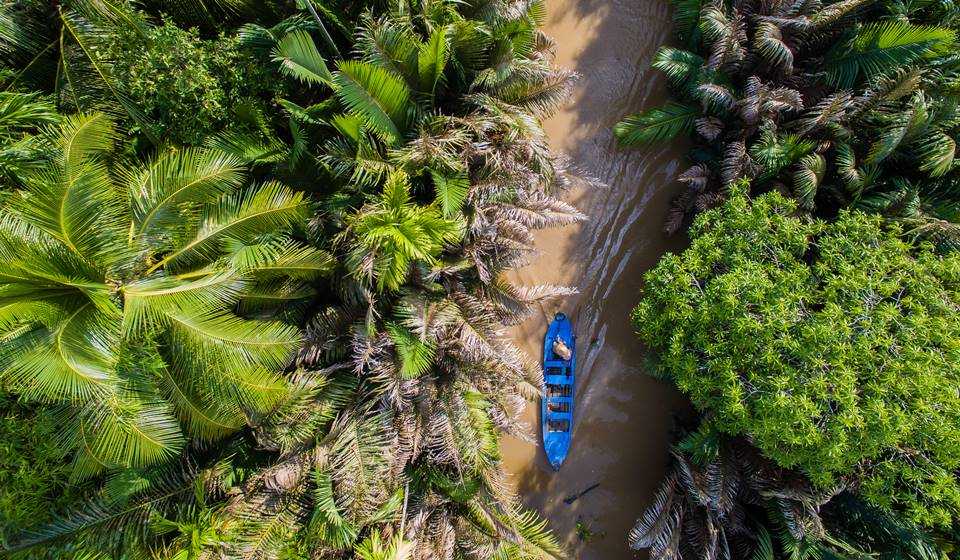
Coconut trees along the river in the Mekong Delta. (Photo: Getty)
Wetlands play an important role as a source of livelihood for local people, creating a favorable environment for agriculture, fishing and aquaculture, commodity production and tourism development.
In addition, natural wetlands also provide other benefits such as flood mitigation, water storage and environmental cleaning.
Source: https://danviet.vn/day-la-2-dong-song-dai-nhat-viet-nam-doc-thong-tin-cu-the-khien-nhieu-nguoi-bat-ngo-20240818233358779.htm



![[Photo] General Secretary To Lam meets and expresses gratitude to Vietnam's Belarusian friends](https://vphoto.vietnam.vn/thumb/1200x675/vietnam/resource/IMAGE/2025/5/11/c515ee2054c54a87aa8a7cb520f2fa6e)
![[Photo] General Secretary To Lam arrives in Minsk, begins state visit to Belarus](https://vphoto.vietnam.vn/thumb/1200x675/vietnam/resource/IMAGE/2025/5/11/76602f587468437f8b5b7104495f444d)
![[Photo] General Secretary To Lam concludes visit to Russia, departs for Belarus](https://vphoto.vietnam.vn/thumb/1200x675/vietnam/resource/IMAGE/2025/5/11/0acf1081a95e4b1d9886c67fdafd95ed)


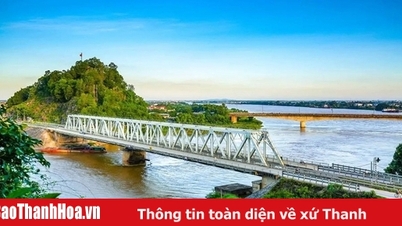

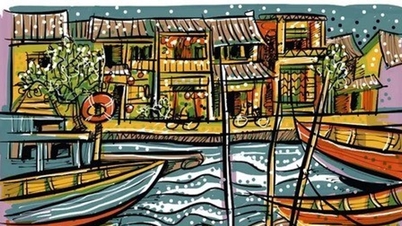




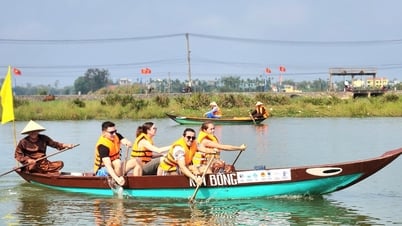
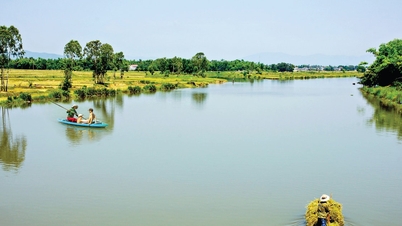
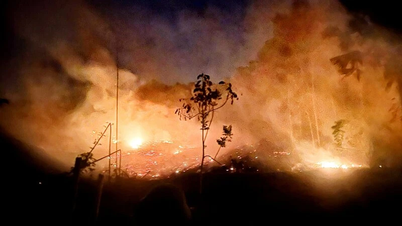

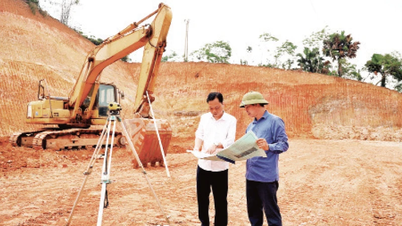

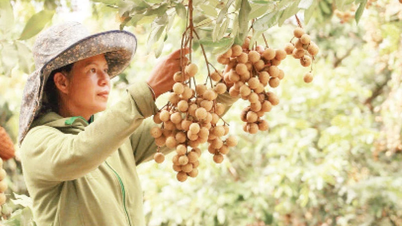
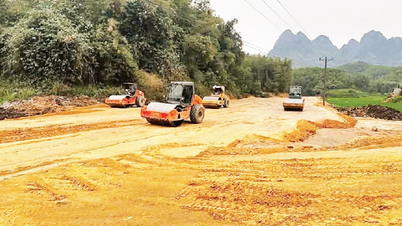




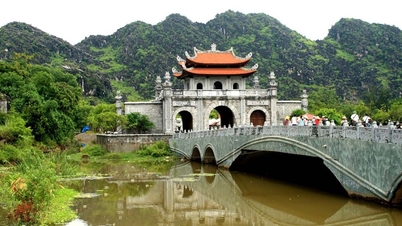
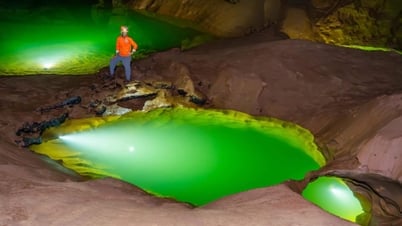
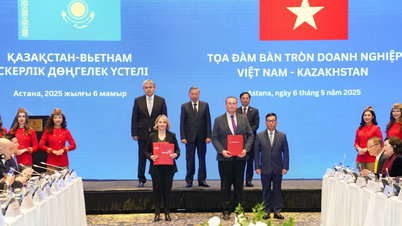




![[Photo] National Assembly Chairman Tran Thanh Man attends the Party Congress of the Committee for Culture and Social Affairs](https://vphoto.vietnam.vn/thumb/1200x675/vietnam/resource/IMAGE/2025/5/11/f5ed02beb9404bca998a08b34ef255a6)













































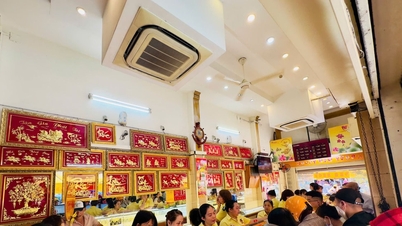


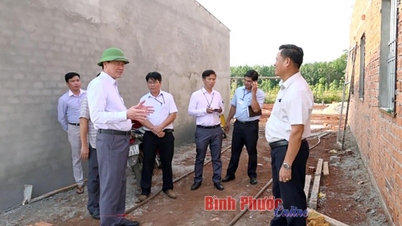

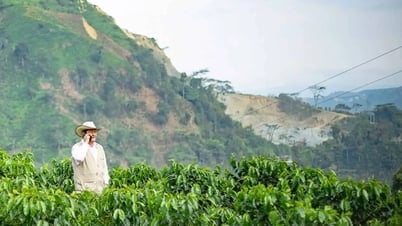
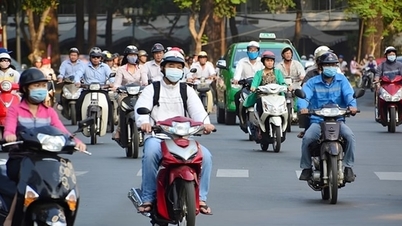











Comment (0)